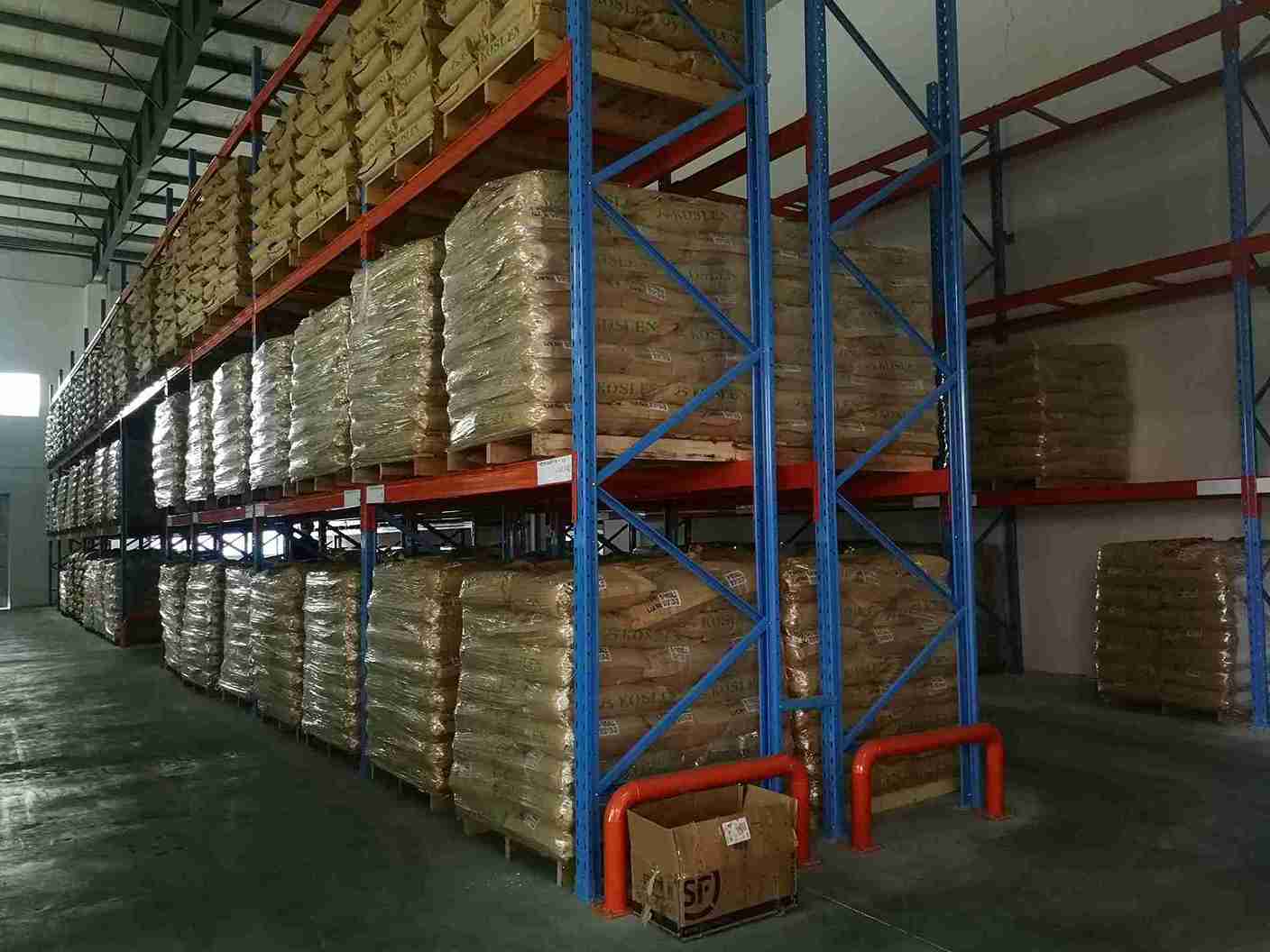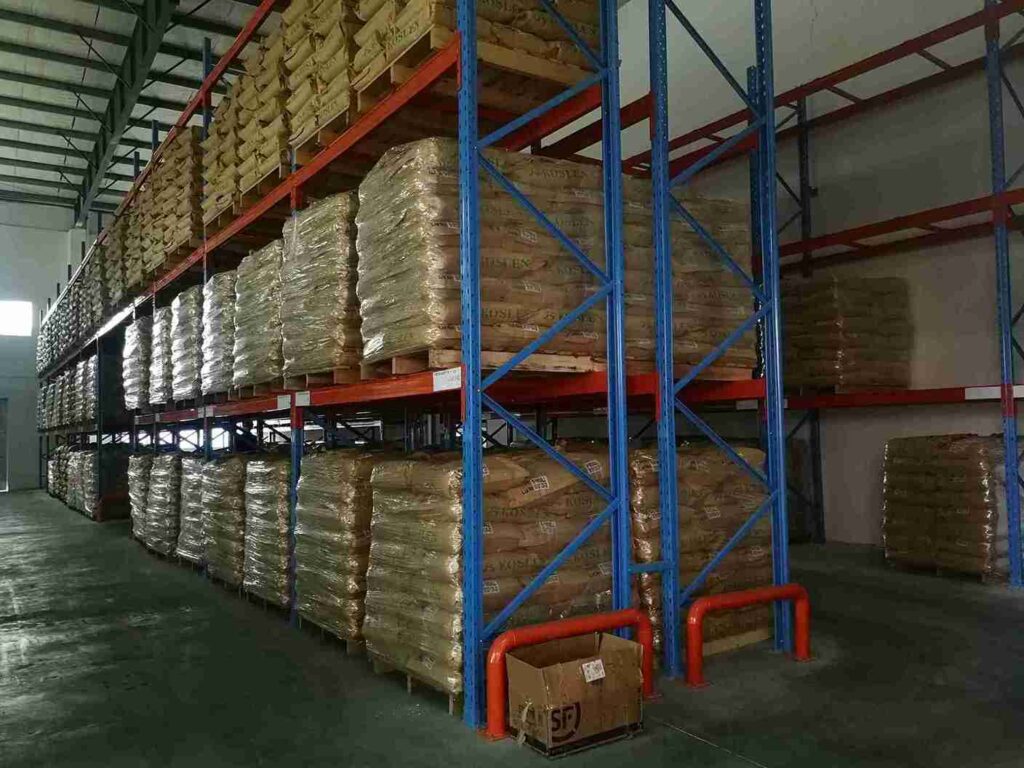📐 "First 50 Enterprise Queries Get Custom 3D Warehouse Design" Plan

Introduction
When it comes to warehouse storage, beam racking systems are a game-changer—but only if they’re assembled correctly. Poor installation can lead to collapses, damaged inventory, and even workplace injuries. That’s why mastering beam racking assembly tips is crucial for warehouse managers, logistics teams, and industrial storage professionals.
This guide dives deep into beam racking assembly best practices, covering everything from pre-installation planning to long-term maintenance. Whether you’re setting up a new warehouse or optimizing an existing one, these beam racking assembly tips will help you maximize safety, efficiency, and storage capacity.

1. Understanding Beam Racking Systems
1.1 What Makes Beam Racking Ideal for Warehouses?
Beam racking systems (also called pallet racking) are the backbone of modern warehouses. They consist of:
- Upright frames (vertical supports)
- Horizontal beams (load-bearing arms)
- Decking or wire mesh (for pallet stability)
These systems are adjustable, durable, and scalable, making them perfect for high-density storage.
1.2 Different Types of Beam Racking Systems
Not all beam racking systems are the same. The right choice depends on storage needs, accessibility, and warehouse layout:
- Selective Pallet Racking – Best for quick access to individual pallets.
- Double-Deep Racking – Doubles storage density but requires specialized forklifts.
- Drive-In Racking – High-density storage with LIFO (Last-In-First-Out) access.
- Push-Back Racking – Uses gravity rollers for dynamic storage.
Choosing the right system is the first step in successful beam racking assembly.
2. Pre-Assembly Planning: The Foundation of Success
2.1 Site Assessment & Preparation
Before assembling beam racking systems, warehouse managers must:
✔ Check floor strength – Concrete floors should support at least 3,000 PSI.
✔ Ensure proper spacing – Aisles must accommodate forklift movement (minimum 8-10 ft for standard lifts).
✔ Follow local regulations – OSHA, RMI, and local building codes dictate safety requirements.
2.2 Essential Tools for Beam Racking Assembly
A smooth installation requires the right tools:
- Torque wrench (for precise bolt tightening)
- Laser level (to ensure uprights are perfectly vertical)
- Impact driver (for faster assembly)
- Safety harnesses (if working at heights)
Missing any of these tools? Renting or purchasing them upfront prevents delays.
3. Step-by-Step Beam Racking Assembly Guide
3.1 Installing Upright Frames Correctly
Beam racking assembly tips emphasize upright stability—the most critical part of the system.
- Position uprights at marked locations.
- Use a laser level to confirm vertical alignment.
- Anchor to the floor with expansion bolts (if required).
⚠ Pro Tip: Never skip anchoring—unsecured racks can collapse under heavy loads.
3.2 Attaching Beams for Maximum Stability
Beam racking assembly tips stress proper beam installation:
- Insert beam connectors into upright holes.
- Slide beams into place and secure with locking pins or bolts.
- Double-check alignment—misaligned beams cause uneven weight distribution.
🔧 Expert Insight: Use load-rated beams—cheaper alternatives may bend under stress.
3.3 Adding Decking & Safety Features
- Wire mesh decking prevents pallets from falling.
- Pallet supports ensure even weight distribution.
- Column protectors guard against forklift impacts.
Beam racking assembly tips always recommend reinforcing high-traffic areas.
4. Safety & Load Management Best Practices
4.1 Avoiding Overloading & Imbalanced Weight
One of the most critical beam racking assembly tips is proper load distribution:
- Heavier pallets on lower beams
- Lighter loads on upper levels
- Never exceed manufacturer’s weight limits
📊 Did You Know? Overloaded racks cause 40% of warehouse accidents.
4.2 Regular Inspections & Maintenance
Even the best beam racking assembly needs upkeep:
✅ Monthly checks for bent beams or loose bolts.
✅ Annual professional inspections for structural integrity.
✅ Immediate replacement of damaged components.
🚨 Warning: Ignoring maintenance leads to costly failures.
5. Common Beam Racking Assembly Mistakes (And How to Avoid Them)
5.1 Using Incorrect Beam Spacing
- Too wide? Pallets may sag or fall.
- Too narrow? Forklifts can’t access pallets easily.
📏 Solution: Follow pallet dimensions + 3-4 inches clearance.
5.2 Skipping Floor Anchoring
- Unanchored racks tip over during seismic activity or forklift impacts.
- Concrete anchors are mandatory in earthquake zones.
⚒ Fix: Always anchor racks—safety comes first.
5.3 Ignoring Manufacturer Guidelines
Every beam racking system has unique specs.
- Load capacity per beam
- Maximum height restrictions
- Required bracing configurations
📌 Key Takeaway: Deviating from guidelines voids warranties and increases risks.
6. Enhancing Warehouse Efficiency with Beam Racking
6.1 Optimizing Layout for Faster Operations
- Narrow aisles = More storage space.
- Zoning strategies (fast-moving items near loading docks).
6.2 Integrating Automation & Smart Storage
- Automated Guided Vehicles (AGVs) for seamless pallet movement.
- RFID tracking for real-time inventory management.
💡 Future-Proofing Tip: Modular beam racking systems adapt to tech upgrades.
7. Industry Standards & Compliance
7.1 OSHA & RMI Safety Regulations
- OSHA 1910.176(b) mandates safe storage practices.
- RMI guidelines ensure structural stability.
7.2 Seismic & Wind Load Considerations
- High-risk areas require reinforced racking.
- Cross-bracing improves earthquake resistance.
🏗 Engineered Solution: Consult a structural engineer for high-risk warehouses.
8. Long-Term Maintenance for Maximum Lifespan
8.1 Routine Inspection Checklist
- Check for rust, cracks, or deformations.
- Tighten bolts and connectors.
- Replace damaged beams immediately.
8.2 Cleaning & Preventative Measures
- Remove debris to prevent forklift hazards.
- Apply anti-corrosion coatings in humid environments.
🛠 Pro Move: Schedule bi-annual deep inspections.
9. Choosing the Right Beam Racking Supplier
9.1 What to Look for in a Supplier
✔ High-grade steel construction
✔ Customizable configurations
✔ Strong warranty & after-sales support
9.2 Top Beam Racking Manufacturers
- Interlake Mecalux (Industry leader in durable racking)
- Ridg-U-Rak (Best for heavy-duty applications)
- Steel King (Top choice for modular designs)
🤝 Smart Buyer Tip: Request on-site consultations before purchasing.
10. Conclusion: Mastering Beam Racking Assembly for Peak Performance
Proper beam racking assembly isn’t just about putting pieces together—it’s about ensuring safety, efficiency, and long-term durability. By following these beam racking assembly tips, warehouse operators can:
✅ Prevent accidents and costly damages
✅ Maximize storage capacity
✅ Extend the lifespan of their racking systems
For businesses looking to optimize their warehouse storage, investing time in proper beam racking assembly pays off in higher productivity and lower maintenance costs.
FAQs: Expert Answers to Common Beam Racking Questions
1. How often should beam racking systems be inspected?
Monthly visual checks and annual professional inspections are recommended.
2. Can beam racking be reconfigured after installation?
Yes, but consult an engineer to ensure structural integrity.
3. What’s the safest way to load pallets onto beam racks?
- Heavier items on lower beams
- Even weight distribution
- Never exceed load limits
4. Do I need a permit to install beam racking?
In some regions, yes—always check local regulations.
5. How can I protect beam racks from forklift damage?
- Install column protectors
- Train forklift operators
- Use guard rails in high-traffic zones




